Overview
1 Introduction to FinOps
This chapter introduces the shift from traditional, capital-intensive data centers to flexible, pay‑as‑you‑go cloud platforms, highlighting how speed and agility can quickly give way to cost surprises. Through stories of a VC-backed AI startup, a global e-commerce scale-up, and a mature financial enterprise, it shows how rapid growth, decentralized provisioning, and multi-cloud sprawl turn manageable line items into runaway bills that threaten runway, margins, and strategic plans. The takeaway is clear: the cloud’s power demands a new, disciplined way to connect technical choices with financial outcomes.
Beneath the promise of on-demand resources lie hidden costs and pricing complexities: instance families, regions, storage tiers, data transfer, and attached services each carry different meters, and discount schemes vary across providers. The move from CapEx to variable OpEx improves flexibility but reduces predictability, making manual tracking and after-the-fact reviews insufficient. Without governance, tagging, ownership, and real-time visibility, organizations accrue idle and overprovisioned resources, redundant architectures, and fragmented spend across clouds—issues that call for systematic monitoring, policies, automation, and shared accountability.
FinOps emerges as the response: a cross-functional discipline that aligns engineering, finance, and business to turn cloud spend into measurable value through continuous visibility, optimization, and accountability. Built on principles of collaboration, transparency, optimization, accountability, and agility, FinOps differs from reactive cost cutting by proactively balancing cost, speed, and quality against business goals. The chapter outlines how to cultivate a FinOps culture—education, shared dashboards, automation and guardrails, cross-team rituals, and leadership sponsorship—while addressing common hurdles (skills gaps, multi-cloud complexity, pricing nuance, resistance to change) and noting when a full FinOps program may be unnecessary for simple or short-lived usage.
Summary
- Cloud computing changed how businesses use technology, moving from owning computers to renting them online.
- This new way of using technology made it harder for companies to predict and control their costs.
- Many businesses found hidden costs in cloud services, often because they didn't understand all the charges or weren't using what they paid for.
- FinOps was created to help businesses manage their cloud money better by getting different teams to work together.
- FinOps focuses on seeing costs clearly, using resources wisely, and ensuring everyone is responsible for their cloud use.
- Unlike old ways of managing costs, FinOps looks at the big picture and tries to use cloud spending to help the business grow.
- To use FinOps, companies need to change how they think about cloud costs and get everyone involved.
- Common problems include not seeing all costs, teams not talking to each other, and not knowing how to use cloud services efficiently.
- To fix these problems, companies can use dedicated tools, get teams to work together, train their staff, and set clear rules for using the cloud.
- FinOps is not a one-time fix but an ongoing learning process that improves how cloud money is spent.
FAQ
What is FinOps and why does it matter?
FinOps (Financial Operations) is a discipline that makes cloud spending a shared responsibility across engineering, finance, and business. It aligns cloud costs with business goals, focusing not only on saving money but on maximizing value, speed, and quality through data-driven decisions and continuous optimization.How is FinOps different from traditional cloud cost management?
Traditional cloud cost management is typically reactive and siloed, centered on cutting costs after overruns. FinOps is proactive and collaborative, using real-time visibility, shared accountability, and continuous optimization to balance cost, speed, and quality and drive business value.What hidden costs commonly cause cloud bills to spike?
Common drivers include idle or overprovisioned resources, forgotten test environments, misconfigured retention (e.g., logs), data transfer charges, attached storage (like disks) left behind, and multi-region or multi-cloud sprawl with inconsistent governance and tagging.How did the shift from CapEx to OpEx change cloud budgeting?
On-prem required large upfront CapEx and long lead times with capacity guesses. Cloud introduced OpEx: pay-as-you-go flexibility with rapid scaling. While this accelerates innovation, it reduces predictability and requires real-time controls to prevent spend from drifting.What are the main AWS EC2 pricing options and when should I use each?
- On-Demand: maximum flexibility, highest price; good for spiky or unpredictable workloads. - Spot Instances: deep discounts but can be interrupted; great for fault-tolerant, batch, or flexible jobs. - Reserved Instances: 1–3 year commit for lower prices; best for steady, predictable usage. - Savings Plans: commit to a spend level for broad flexibility and solid savings; simpler than RIs for many teams.Why is multi-cloud cost management so hard, and how can we improve it?
Each provider has different services, pricing, discounts, and regional rates, making apples-to-apples comparisons difficult. Improve with a unified tagging strategy, multi-cloud cost platforms, standardized practices (e.g., FOCUS for harmonized data), and periodic cross-cloud price benchmarking.How can we get real cost visibility and allocate spend accurately?
Adopt tagging and naming standards (project, team, environment, owner), publish shared dashboards and alerts (e.g., AWS Cost Explorer, Azure Cost Management), and run regular cloud cost reviews to inspect trends, anomalies, and allocation by business dimension.What cultural changes enable FinOps success?
Executive sponsorship, shared ownership of costs across finance/engineering/operations, ongoing education (cloud economics, pricing models), transparency via open dashboards, and sensible automation for policies, scaling, and off-hours shutdowns.What common FinOps challenges should we expect, and how do we overcome them?
- Lack of visibility: tagging, dashboards, alerts, and regular reviews. - Siloed teams: build a cross-functional FinOps team and shared scorecards. - Overprovisioning: rightsizing, autoscaling, and decommissioning workflows. - Limited expertise: training, dedicated FinOps roles, and community learning. - Real-time gaps: near real-time monitoring, alerts, and guardrails (policies/caps).When might a full FinOps program not be necessary?
When cloud usage is very small and predictable, projects are short-lived, environments are highly constrained by regulation, the footprint is simple and single-cloud, early startups are prioritizing speed, leadership buy-in is absent, or resources to run FinOps are limited (a phased approach may be better).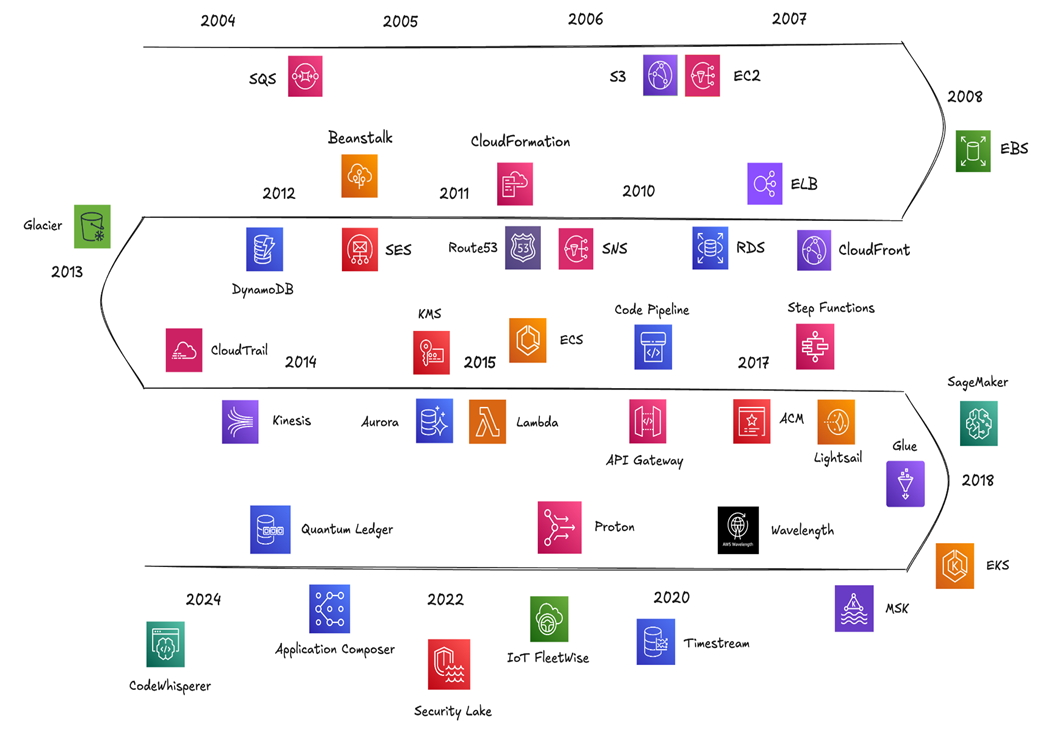
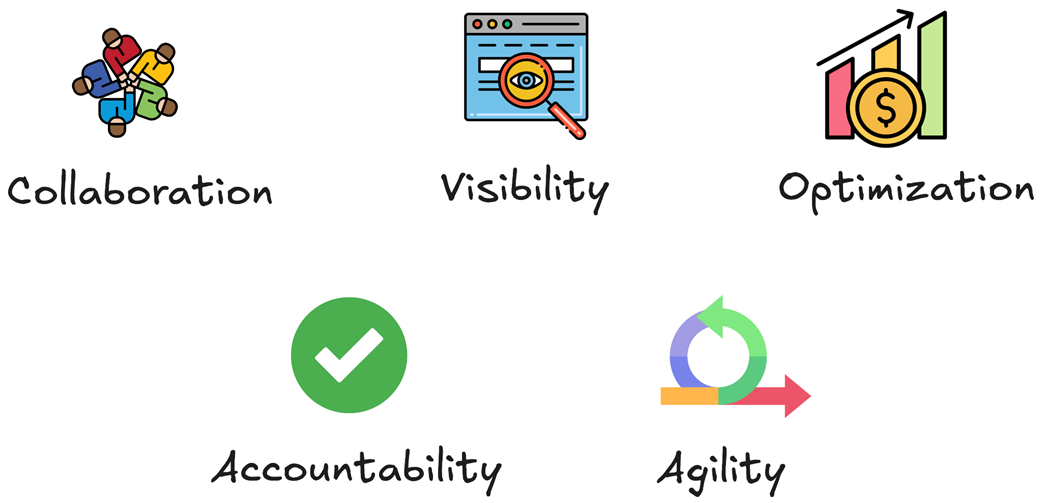
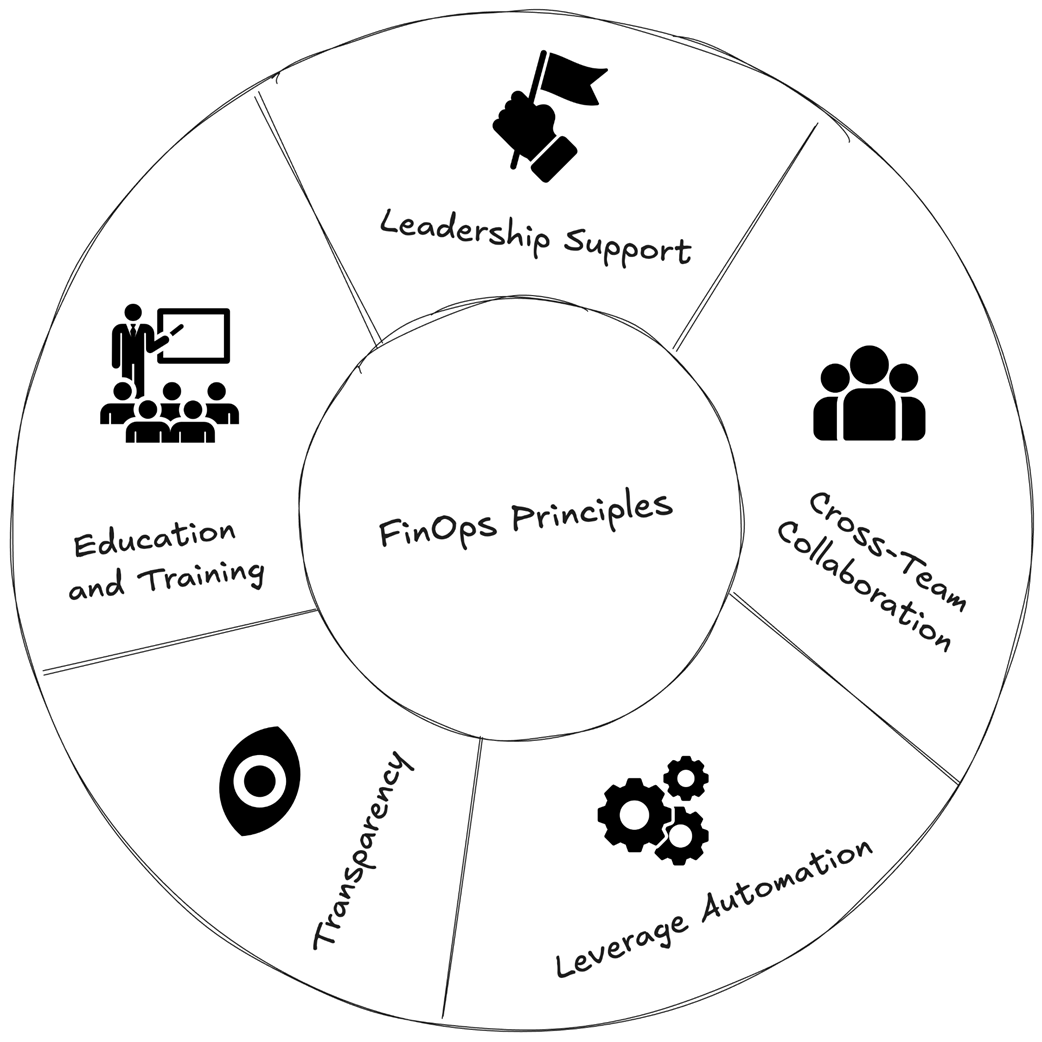
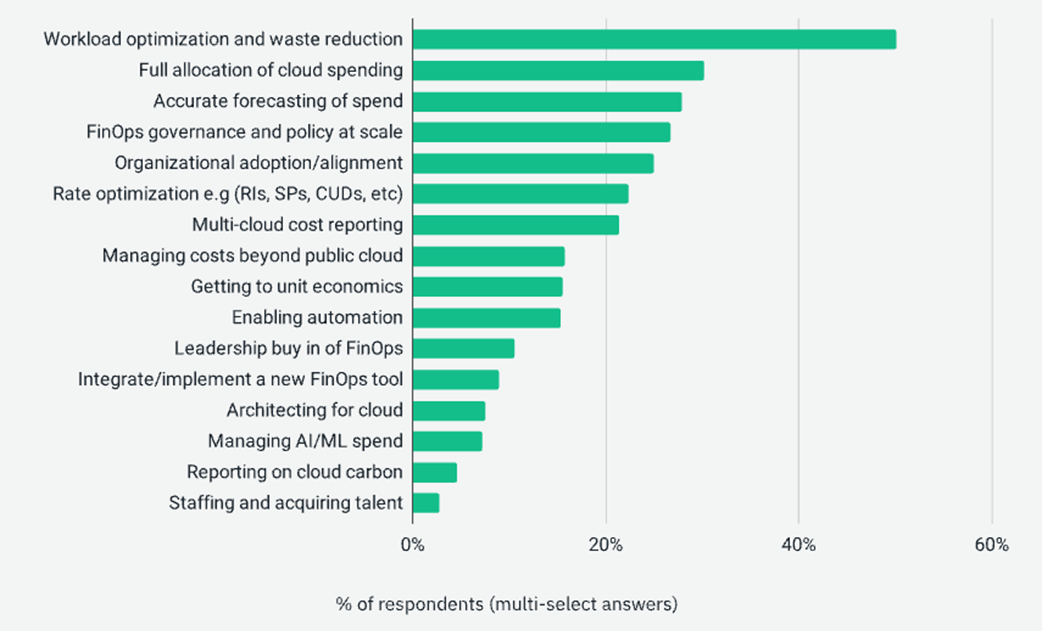
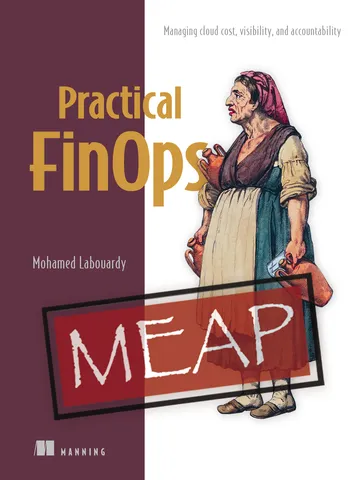 Practical FinOps ebook for free
Practical FinOps ebook for free